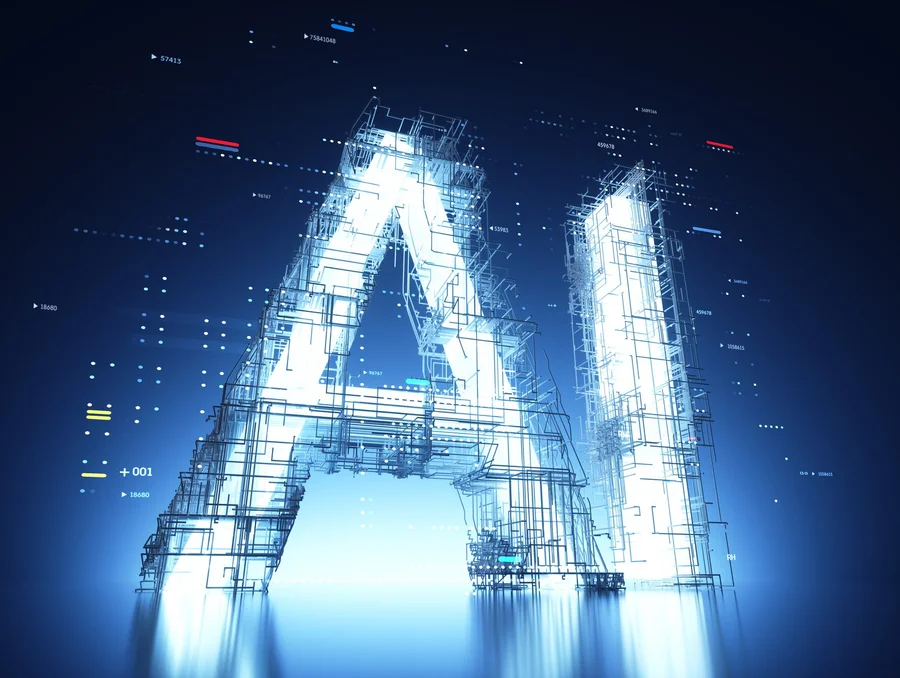Persistent Systems Senior Vice President and Head of Europe Rajasekar Sukumar talks how AI and its use will evolve in 2025.
AI is on the cusp of a transformative phase, with predictions for 2025 pointing towards its integration into the core strategies of businesses across sectors.
Moving beyond current applications, AI is expected to become a critical driver of competitive advantage, reshaping industries through targeted operational improvements, enhanced customer experiences, and the creation of innovative revenue streams.
Yet, the rapid adoption of AI is also set to introduce new complexities, from regulatory challenges to advancements in industry-specific applications.
To explore the AI trends of 2025 and how these might consolidate, we spoke with Rajasekar Sukumar, Senior Vice President and Head of Europe at Persistent Systems.
Transforming core business strategies
By 2025, AI is expected to play a central role in business strategies, with its influence extending far beyond isolated projects.
“AI will no longer be confined to experimental projects; instead, it will become a critical factor in achieving a competitive edge.”
One of the most impactful trends will be the rise of small, industry-specific language models.
Rajasekar highlights their importance, noting that these tools “will address unique demands in fields like healthcare, finance, and retail, where understanding nuanced, context-specific data is crucial.”
For instance, in healthcare, these models could improve diagnostic accuracy, while in finance, they might streamline complex regulatory compliance processes.
However, this widespread adoption of AI will also demand careful navigation of regulatory challenges. With regions like the EU introducing stricter standards, Rajasekar believes that businesses will need to find a balance between compliance and agility.
“Stricter standards from regions like the EU are pushing for globally harmonised guidelines for responsible AI,” he says, emphasising the need for organisations to prioritise ethical AI development without losing their competitive edge.
Innovations driving growth
As AI continues to evolve, its most significant advances will occur in productivity, security, and customer engagement.
“Organisations are already using AI to tailor customer interactions at scale, making engagements more intuitive and meaningful,” says Rajasekar.
This ability to personalise at scale not only enhances customer satisfaction but also reduces operational costs for businesses.
In the financial sector, regulatory compliance is being transformed by AI.
Rajasekar observes that “major banks are leveraging small language models to automatically interpret and apply regulatory changes, streamlining processes that were once highly manual and error-prone.”
This innovation helps financial institutions avoid costly compliance failures while saving valuable time and resources.
Security is another area where AI is making strides, particularly in combating misinformation. “
AI now monitors content authenticity, a critical function as deepfake and misinformation risks rise,” Rajasekar notes.
This capability is essential for protecting businesses and individuals from the growing threat of fraudulent content, reinforcing trust in digital interactions.
Reshaping industries and daily life
AI’s transformative potential is most evident in its ability to address complex challenges in healthcare, finance, and retail. In healthcare, Rajasekar envisions AI playing a pivotal role in personalised medicine and diagnostics.
He explains, “Through synthetic data, AI can help generate highly accurate sample populations, enabling faster, more precise drug research, especially in regions with limited access to diverse data.”
These advancements could revolutionise healthcare delivery, improving patient outcomes on a global scale.
In the finance sector, AI-driven compliance models are set to reduce regulatory workloads and increase accuracy.
Rajasekar highlights how “banks are moving towards AI systems that handle regulatory impact analysis autonomously,” a shift that will minimise errors and create a more resilient financial ecosystem.
Retail, too, will benefit from AI’s capabilities, with innovations such as AI-integrated kiosks offering personalised product recommendations and smarter warehouse operations ensuring better quality control.
“AI will support quality control within warehouses, ensuring products reach consumers in optimal condition,” Rajasekar says, underlining how these developments will elevate consumer experiences.
Addressing risks in AI development
Despite its promise, the rapid pace of AI development comes with challenges. One of the primary concerns is ensuring fairness and minimising bias in AI systems.
“It’s critical to recognise that AI becomes even more robust with a ‘human-in-the-loop’ approach,” Rajasekar asserts. By embedding human oversight in AI processes, companies can enhance both reliability and ethical standards.
Privacy and security are equally significant issues, particularly as AI systems manage sensitive data.
To address these, Rajasekar recommends hybrid data models, which combine cloud solutions with on-premises storage to protect critical information while maintaining AI’s power.
Furthermore, explainability is becoming a vital factor for trust, with Rajasekar noting, “AI for AI — using AI to monitor, validate, and explain other AI processes — will be instrumental in building trust and transparency.”
As AI becomes more embedded in business and daily life, its responsible development and application will be crucial. By addressing risks thoughtfully and leveraging AI’s transformative potential, organisations can ensure a future where technology drives meaningful progress across industries.



